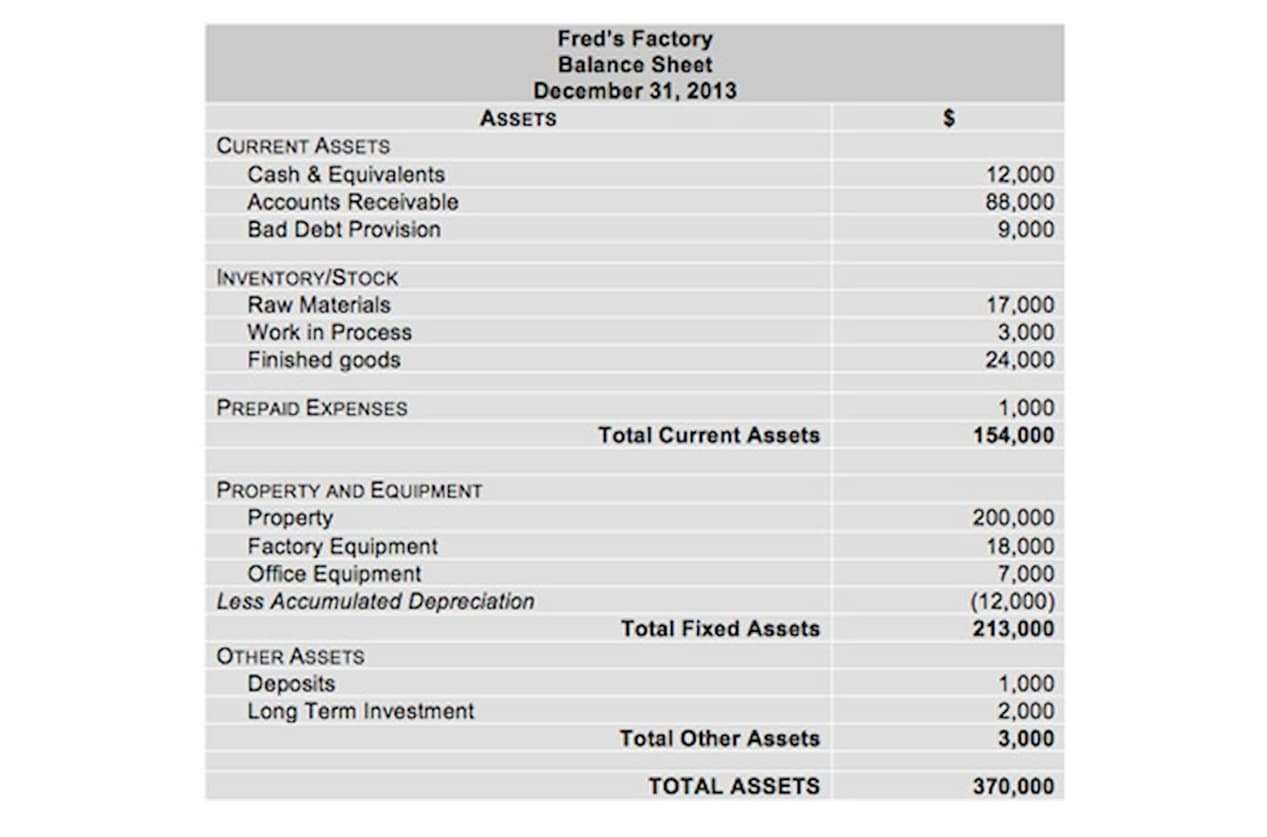
You’ve used your entrepreneurial prowess to produce a product or service that your customers need. And avoiding spending any money when you think you can just take care of a task yourself is tempting. Bookkeeping is essential to the vitality and long-term success of any small business.
The FIFO Accounting Method

You also may be able to prevent or uncover fraud, whether from customers, vendors, or employees. Whether you take on your small-business bookkeeping yourself or end up outsourcing to an expert, understanding the basics will help you better manage your record keeping for small business finances. You’ll save time chasing receipts, protect yourself from costly errors, and gain valuable insights into your business’s potential. If your business is a side project with a limited budget, you can probably get by going the DIY route.
Setting up for success
Think about how much you currently owe, how much customers owe you, when payments need to be made or are expected, and how much VAT you’re liable for. There’s no getting away from it – if you run a small business, you’ve got to run its bookkeeping too. Sometimes, this can seem like an overwhelming and lengthy job, especially if you’re not 100 per cent sure what you’re doing. Check with your banking institution to find out what documentation you need to provide to open a business bank account. This is, as you’d expect, a statement written by the company directors which gives an overview of how the business is doing. It should include a summary of how the business performed throughout the year, as well as the directors’ view of its current state, and how they expect it to perform in the future.

Cash-Based Accounting
- When deciding which software program to use for accounting, it helps to first consider what your business needs.
- There may come a time when it makes sense for you and your business to expand into a physical location or commercial workspace.
- FreshBooks pricing starts at $15/month for the Lite version, which is perfect for freelancers and contractors, with the option to move up to the popular Plus plan at $25/month at any time.
- Proper financial records make it easier for you to analyze the financial state of your firm and determine areas that need improvement.
In this metaphor, each account is like a chapter of a book, and individual journal entries are kind of like the pages of each chapter. If you choose to use double-entry bookkeeping—and we strongly suggest you do! We’ll show you examples of how to record a transaction as both a credit and debit later on. A chart of accounts lists all business transaction and is used to compile statements, review progress and locate transactions. These charts have to be updated often to include various business transactions. When you start a business, open a separate bank account that will keep your business finances separate from your personal ones.
- If all you care about is recording money that is flowing into and out of your business, then a simple spreadsheet will do the job.
- For instance, ever looked at your bank statements and thought, Where is all the money we made this month?
- “You get through to semi-finals to pitch in front of some really brilliant, prestigious, business leaders; loads of experience in that room,” she explains.
- In the accounting software, the primary journal entry for total payroll is a debit to the compensation account and credits cash.
- To avoid problems later along your business journey, it’s important to keep your books up to date from the very beginning.
- The first step of the accounting process involves the preparation of source documents.
- While most larger businesses have an accounting staff that takes care of financial transactions, as a small business owner, the job of accountant typically falls to you.
Recording Transactions
If you accept in-person payments, you’ll buy and set up an online payment processor with in-person credit and debit card reader hardware and sync it to your online store. Examples of payment processors include Square, ShopKeep, Shopify POS, and Stripe. If you work with other businesses or work directly with clients using invoices, you can use tools like Neat that have custom invoices and online customer payments wrapped up in one system. Every financial transaction should have a line item in the general ledger, which tracks everything in one place. The general ledger notates the account number to which the debit or credit is applied. The best accounting software automates a lot of the process in journal entries for regular debits and credits to help eliminate possible errors in data entry.
Make Journal Entries
There’s often a fee for each payment processed, which needs to be tracked and accounted for. Even if you have experience with bookkeeping, there are some important nuances to ecommerce accounting you’ll want to follow. Here, you’ll learn about how to keep books for https://www.bookstime.com/ an ecommerce business, tools to help you, and common mistakes to avoid. The specific answer to this question can vary somewhat depending on the extent of bookkeeping services your company needs, and how often you require the services of a small business bookkeeper.
A Beginners Guide to Small Business Bookkeeping






